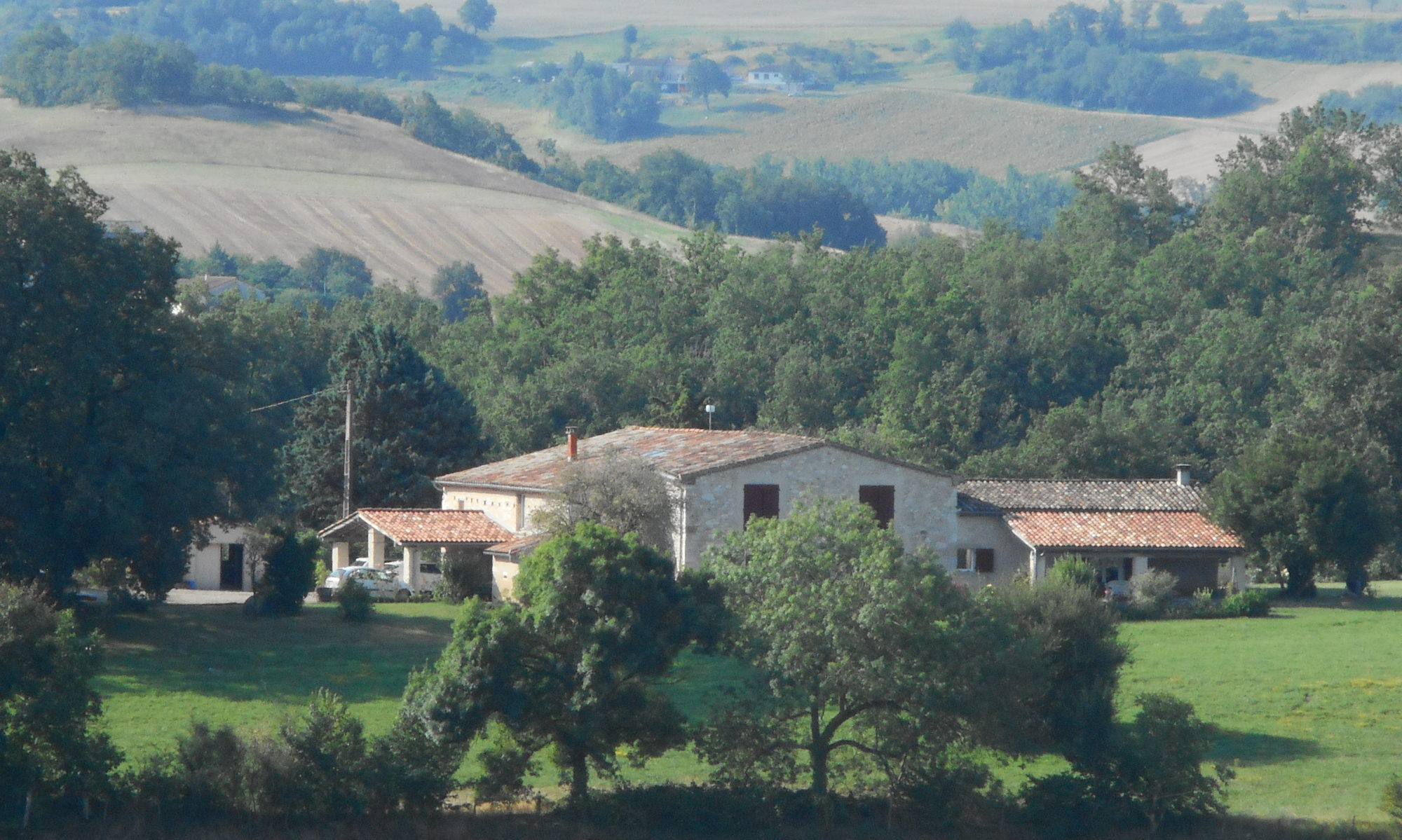
and here are the walls of Khiva

gates we are confronted by a maze of streets which eventually lead us through
ruins and great mosques. It is a very picturesque place with several Madrassa
museums minarets and the slave cells inner citadel (Kunya Ark) and quite a few
people selling items which they are touting as hand made.


Khiva is split into two parts. The outer town, called Dichan Kala, was formerly protected by a wall with 11 gates. There is a picture below notice to the right hand side of the picture these are tombs which are a ruse as attackers were not allowed to walk over graves and so it was a sort of extra protection for the city. 
The inner town, or Itchan Kala, is encircled by brick walls, whose foundations are believed to have been laid in the 10th century. Present-day crenellated walls date back to the late 17th century and attain the height of 10 meters. The old town retains more than 50 historic monuments and 250 old houses, mostly dating from the 18th or the 19th centuries.
Djuma Mosque, for instance, was established in the 10th century and rebuilt in
1788-89, although its celebrated hypostyle hall still retains 112 columns taken
from ancient structures.

It’s difficult to imagine what exactly ancient Khiva was like, considering the historical areas were restored to a scrubbed and squeaky-clean look by the
Soviets in the 1970s.
It is not often the Soviets are praised for their work but this time you have to take your hats off to them an this place could so easily have been lost given how close Bukhara and Samarkand are to it.
The clustered array of mosques, madrassahs and tiled minarets within a area of less than 3km give you a sense of how crowded and bustling this town must have been throughout its history. It was noted as being very crowded with so many people inside the walls it was difficult to make your way around.

